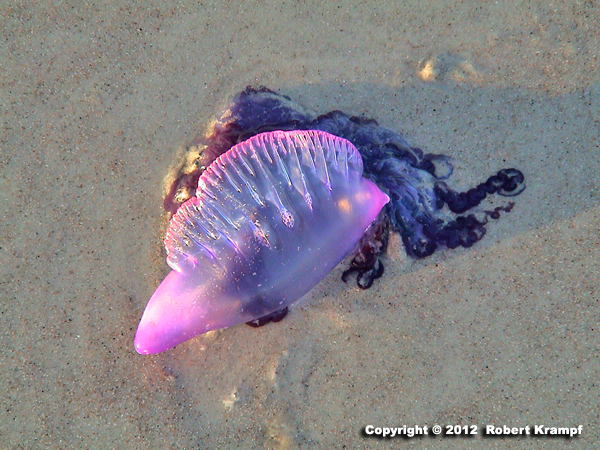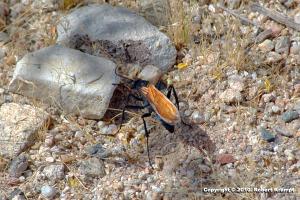
Answer:
I always try to track information back to the source, and in this case, I found that the extra gas is actually carbon monoxide, not carbon dioxide (Wittenburg, J. B 1960. The Source of Carbon Monoxide in the Float of the Portuguese Man-of-War, Physalia physalis L J. Exptl. Biol. 37:698) and that the 90% figure comes from a different report, on a different colonial organism, called Nanomia bijuga. The float of the Portuguese man-o-war does usually have excess carbon monoxide, but only about 13%.
We don't usually think of animals as producing carbon monoxide, but most of them (including us) produce some as a normal part of respiration. In high concentrations it is toxic, but you have low levels in your blood right now. The Portugueses man-o-war and its relatives produce quite a bit of carbon monoxide, and most of it is used to inflate the air sac.

